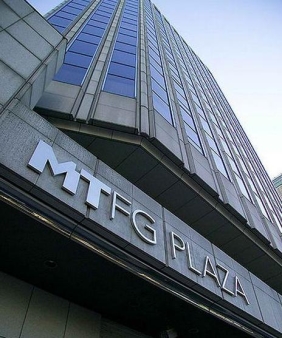
Japanese banking system gets Moody’s upgrade
Rating is now stable from negative.
Moody’s Investors Service has raised its outlook for Japanese banks to stable from negative because of prospects for modest economic growth and strong capital buffers.
Moody’s said the revision was prompted by stability in the banks’ operating environment, asset quality and capital, as well as funding and liquidity. The change is the first since Moody’s assigned the negative outlook in 2008.
Japan’s three megabanks (Mitsubishi UFJ, Sumitomo Mitsui Financial Group Inc. and Mizuho Financial Group Inc.) now have relatively strong capital ratios, Moody’s said.
It cited Mitsubishi UFJ, Japan’s biggest banking group, which had a common equity capital ratio of more than 9% at the end of June, exceeding its 8.5% requirement under the Basel III regime.
Overseas loans by MUFJ grew 26% to US$207 billion in March from a year earlier. Deposits at its two banking units rose 0.3% to US$1.5 trillion.
A retreat by global banks, particularly from Europe, has given the Japanese greater opportunities to expand foreign loans,
Analysts said Japan’s big banks are cautiously increasing their overseas loans while managing to keep their bad loans at a minimal level. Japan’s megabanks have been particularly successful in this regard.






















 Advertise
Advertise








